#Throw Back Mondays (originally posted 8/22/10)
At about 22-years-old, Taras Tulek pursued art for only two reasons.
“I wanted to help people. I wanted to challenge myself,” says Tulek, who will turn 64 this month.
Wishing to pursue a job that allowed him to assist others who suffer mentally, Tulek was on-path towards earning a degree in psychiatry. But then, he changed his mind.
“I decided that I could really challenge myself by being an artist,” says Tulek, who believes he could serve the same role of assisting others as an artist.
“I could then give the same comfort to people through art, and really express … the awesomeness of existence to other people.”
Tulek brings-up the financial stability of working as a psychiatrist, whether the shrink fails or succeeds at helping his patients. He then contrasts it to the life of an artist that is infamous for financial struggle.
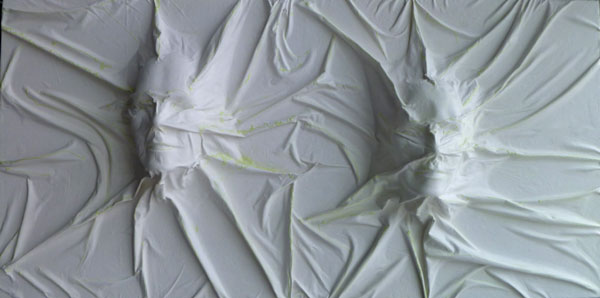 |
|
| Couple under White Light | |
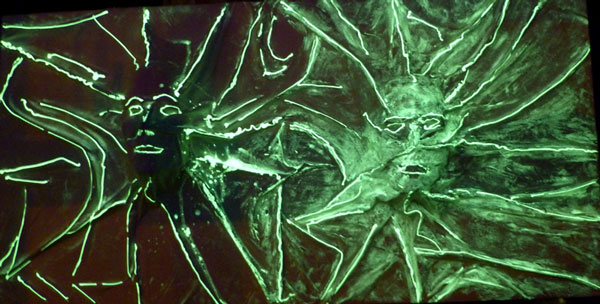 |
|
| Couple under Black Light |
“So I decided that I am Taras Tulek, and I defiantly want to do that,” he says, accepting the relativity that art will likely not pay all his bills.
Tulek began his art education in Oakland. He started-off at Merritt College before the havoc of the riots caused it to be shut down, when he then moved to Laney College, which is also in Oakland. Tulek then transferred to the City College of New York. But his art affinity waned from a east coast-west coast cultural divide.
“I got really turned-off by art by painting in New York City,” says Tulek, referring to the modernism of the glitzy New York artistic style.
Finding his style of themeing his art as Californian, with rolling planes and glowing suns, Tulek clashed with his teacher’s creative preference that followed New York City’s trend. So Tulek shook his art career aspiration and took-up writing, taught by the likes of Kurt Vonnegut. He continued to paint, but stopped looking at it as a career.
But after earning his Master of Arts in Creative Writing, his aspirations to another turn back to art. Tulek found that he was unable to convey the same imagery in his writing as he would in his paintings. He realized he would have to stop vacillating and choose only one.
“So I stuck with painting,” Tulek says.
“Writing’s a chore. It’s a very difficult thing, where as painting is a joy. It’s a total joy.”
About five years ago, the aforementioned financially volatile lifestyle of an artist caught-up with Tulek. And it had nothing to do with his art’s marketability. Tulek was displaced by the 2005 flood that devastated Ventura, much of his art washed away.
"After the flood, I had nowhere to go. I was homeless," he says.
So Tulek lived in three public housing faculties in the same city. The first was is Downtown, where his painting freedom was limited to water colors. Two years later, the complex saw a change in management and the new boss threatened to dispose of his art. Plus, a doctor suggested he move to a one-bedroom unit after Tulek had requested one. So he moved to another housing project.
 |
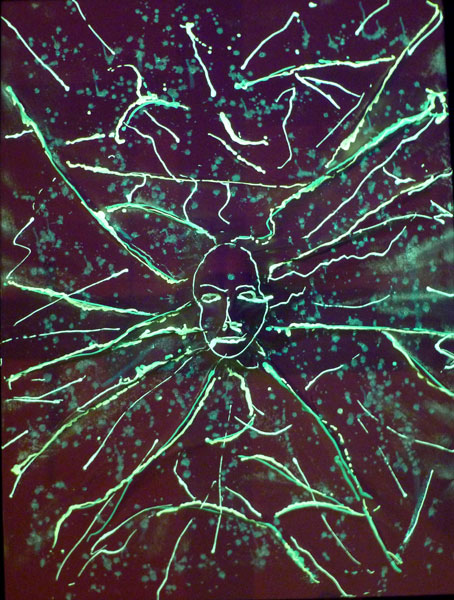 |
|
| Listen Under White Light | Listen Under Black Light | |
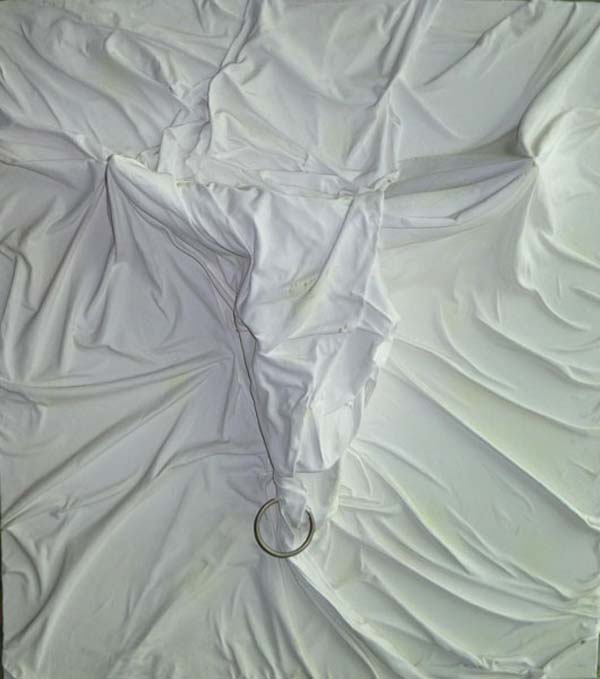 |
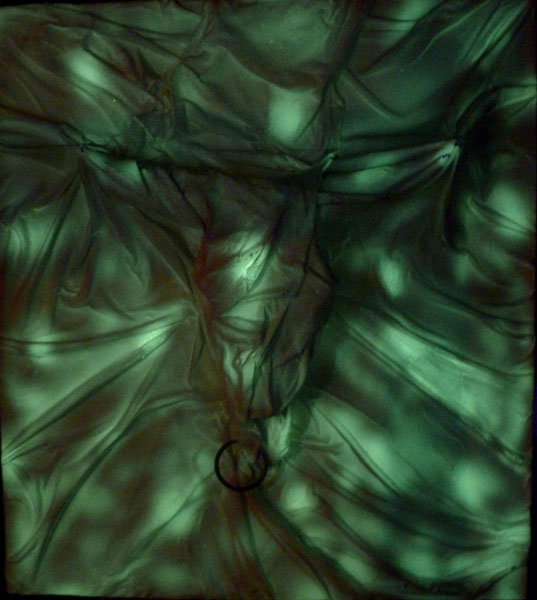 |
|
| Memories of the West under White Light | Memories of the West under Black Light |
“I lived there happily and began painting in oils and using larger canvases. ‘I lived on Hurst Street, and I called it the Hurst Castle,’” Tulek says.
But Tulek was displaced again, and this time it was by the government needing the space for something else.
In-comes WAV, where Tulek applied thanks to a voucher. During the process of selection, he was moved to a temporary apartment, which was alterative housing that he was legally granted. And in 2009, after two interviews, Tulek then was offered a place at the WAV.
"So now that the WAV is returning that, I'm back on track."
Despite being on Social Security, Tulek feels the time on his hands is a good thing, preferring it to money.
“If you want time – no money. If you want money – no time,” he says.
“That’s all. That’s the way it is.

 Elano was born in born in Long Island, NY. But soon after, he moved to the San Fernando Valley, where he was raised.
Elano was born in born in Long Island, NY. But soon after, he moved to the San Fernando Valley, where he was raised.